Santa in distress in a melting Arctic
As I was floating around our local swimming pool to the sound of “Rudolph the red-nosed reindeer” last night, the thought of reindeer in water took my thoughts up north. Poor old Santa must be having a worrying time. Snow and sleighs are the basis of his business. If anybody has to be concerned about what climate change is doing to the Arctic, it has to be Santa. His snowy wonderland is melting twice or even three times as fast as the rest of the planet. Reindeer are threatened by climate change, a new report confirms.
Maybe he is already thinking about some alternative transport. Marine animals to get across an increasingly watery north? Walruses? Whales? Dolphins? But he’d have problems putting them out the back to graze while he distributes the presents and sips his sherry. And in the long-term their food sources could be increasingly problematic with ocean acidification threatening so many species. A hi-tech climate-neutral alternative like the solar plane? Not much good at night. And not nearly as much fun as reindeer.
Then come the territorial disputes, with Canada and Russia arguing over who owns the North Pole. Santa would not want to be caught in the crossfire. And landing on rooftops is becoming increasingly hazardous. Does it count as hooliganism?
His Russian partner “Father Frost” (aka Grandfather Frost or Jack) must be getting a bit worried as well. He’s said to be building a giant freezer to keep Siberia cool – powered presumably with oil and gas from the Arctic.
I’m not the only one to be concerned. Greenpeace have come up with a “Save Santa’s Home” campaign, and a whole set of electronic Christmas cards drawing attention to the plight of our jovial white-bearded gift-bringer. And if you haven’t seen Santa’s Message on video, have a look. And remember we British have a tongue-in-cheek kind of sense of humour. CNN missed that, I think, when they broadcast their own story about the video (although it is not without a sliver of its own biting wit). Reporter Jeanne Moos reminds Santa that “An organisation of climate change sceptics” is talking about “recovering Arctic ice”. The “other side” does (in the interests of unbiased journalism no doubt 😉 ? get quoted in the report. Moos talks about “those who believe in global warming” as if the majority who accept the findings of something like 99% of scientists, the UN, the IPCC… belonged to a weird sect.
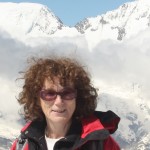 Santa, I’m with you and all those who are interested in protecting the Arctic from climate change and pollution. Rudolph, Dancer, Prancer and the rest of you guys – keep up the good work. You make millions of kids (and a lot of grown ups) happy every Christmas. Here’s hoping the world will take some steps in 2014 that will preserve your frozen north home for generations to come.
Santa, I’m with you and all those who are interested in protecting the Arctic from climate change and pollution. Rudolph, Dancer, Prancer and the rest of you guys – keep up the good work. You make millions of kids (and a lot of grown ups) happy every Christmas. Here’s hoping the world will take some steps in 2014 that will preserve your frozen north home for generations to come.
Merry Christmas everybody! The iceblogger will be back in January 2014. Keep your eye out for the odd tweet @iceblogger
Canada and Russia rippling muscles in the Arctic
Enjoying my morning tea the other day, my attention was caught by an Arctic headline in our local newspaper. When the Arctic makes its way into a publication I read rather for its regional flavour than international current affairs, I get the feeling there are certainly things afoot. Or is it just that stories involving Russia and any possible military conflict appeal to the public at the moment? The story was the latest sabre-rattling by Vladimir Putin, saying Russia would be stepping up its military presence in the Arctic to defend the country’s geopolitical interests.
The Kremlin chief has been turning into a bit of a public enemy number one here, with the arrest of the “Arctic 30” and refusal to comply with the international maritime tribunal, the pressure on the Ukraine to keep away from the EU and the publicity of the treatment of homosexuals in the run-up to the winter Olympics. Now the big, bad Russians are sending soldiers up to the North Pole, that iconic supposedly untouched frozen waste at the top of the planet, which belongs to no country. Not so far anyway.
We remember how a Russian submarine planted its flag on the seabed under the North Pole in 2007. Back in 2001 Russia submitted a claim to extend its nautical borders to the UN commission on the limits of its continental shelf. In the meantime, the rapidly warming climate has increased the international race to get at Arctic resources and develop an infrastructure to profit from increased shipping through the area.
I do find it a matter of concern that Russia is re-opening military bases in the Arctic and has sent warships up there for the first time in more than 20 years. Luke Harding in the Guardian links Russia’s renewed interest in the region directly to Putin’s ascent to the Kremlin in 2000. In contrast to the policies under Dmitry Medvedev, “Putin’s Arctic rhetoric has been hawkish”, Harding writes. The same can be said of Canada’s conservative prime minister Stephen Harper. Canada has just submitted its claim to the UN Commission and says it will actually be laying claim to the North Pole soon. As current chair of the Arctic Council, Canada has been stressing the need to develop the region. This week I talked to a Canadian colleague, who was flabbergasted by the latest Canadian antics concerning the High North. His scepticism was based on what he sees as a huge discrepancy between the might of Putin’s Russia and a Canada with limited military resources.![]()
![]() Let us hope that military power is not what will decide the struggle for the North Pole and the Arctic in general. If the countries put as much effort into reducing emissions and developing climate-friendly technologies as into military developments – and I am thinking of political rhetoric and pr as much as actual spending – the Arctic might be able to continue to be the remote, frozen area at the top of the world with its unique ecosystems preserved for future generations.
Let us hope that military power is not what will decide the struggle for the North Pole and the Arctic in general. If the countries put as much effort into reducing emissions and developing climate-friendly technologies as into military developments – and I am thinking of political rhetoric and pr as much as actual spending – the Arctic might be able to continue to be the remote, frozen area at the top of the world with its unique ecosystems preserved for future generations.![]()
Norway focuses on “Humans in the Arctic”
With the Annual “Arctic Frontiers” conference in Norway’s “Arctic capital” Tromsö looming large on the horizon from January 19th to 24th, I was interested to see that the conference theme of “Humans in the Arctic” was the subject of an event held by the North Norway European Office in collaboration with The Arctic Institute and Maritimt Forum Nord.
Those of us who are too far away to be able to drop in to seminars like this ahead of the big event can thank Kathrin Keil and Andreas Raspotnik from the Arctic Institute for keeping us up to date with a short report summarizing the event.
It is not surprising to see an increase in the number of conferences and seminars on Arctic development, given the climate-change related changes to the region which feature here on the Ice Blog. I have the sense that there is considerable competition between different Arctic players on all levels to become the focus of development activities.
In the event report, Raspotnik and Keil refer to the “Tromsö High North Cluster”. According to Anne Husebekk, the rector of the University of Tromso (UiT), as quoted in the paper, “The Tromsö High North Cluster can play a crucial role in providing the necessary knowledge for sustainable development in the Norwegian Arctic”. On my visits to Tromsö, I certainly had the feeling that people were working hard at this.
In my last blog post I mentioned the campaign underway to establish an EU Arctic Info Centre in Rovaniemi in Finland.
Understandably, all the Arctic states are keen to have a large chunk of the cake and stress their own expertise and infrastructure. But in an area like the Arctic, international cooperation is clearly essential.
Oil and gas drilling and increased shipping are usually the first issues that come to mind in connection with Arctic development, with all the safety, logistic and environmental challenges they bring with them. But the High North is also a key area for fishing, an activity which may not exactly benefit from extended industrial or commercial activity, not to mention the pressures from climate change. One point that attracted my attention in the conference report was a presentation by Trygve Myrvang, Managing Director of the Norwegian Fishermens Sales Organization, looking at the sustainability of fish stocks in the Norwegian North and factors affecting it. “Myrvang underlined the necessity of cooperation between the fishery and energy industry in the High North, both interested in the same offshore areas, say Raspotnik and Keil.” Indeed. Interesting times ahead. And plenty of scope for discussion at Arctic Frontiers. The Arctic Institute will also be holding a side event on “infrastructure-related challenges in the Arctic”. There is certainly no shortage of those. I hope I can be there to join the forum.
Rovaniemi: Finland and the Arctic
Rovaniemi is where I would like to have spent the last few days. From Dec. 2nd to 4th, the first of a series of Arctic conferences was held there, organized by the city of Rovaniemi and the Arctic Centre of the University of Lapland.
Rovaniemi, a Finnish town right on the edge of the Arctic circle, is known to “Arctic buffs” because of the “Rovaniemi Process”, a Finnish initiative for Arctic environmental co-operation, which ultimately led to the adoption of the “Arctic Environmental Protection Strategy”, signed in Rovaniemi in 1991. This in turn played an important role in the establishment of the Arctic Council
In the spirit of that “Rovaniemi Process”, the city and the University’s Arctic Centre decided to organize a series of conferences, this being the first one. Finland, like all the northern states, is trying to assert its position in the region against the background of climate change and growing international interest.
Earlier this year, I received a copy of a very useful booklet produced by the Arctic Centre of the University of Lapland. It’s entitled “The Arctic Calls. Finland, the European Union and the Arctic Region“. The authors are Markku Heikkilä and Marjo Laukkanen, both based at the Arctic Centre. Its aim is to “put a human face on the Arctic Region”, and it does that very well, looking across the whole region. President Sauli Niinistö wrote the foreword to the publication. He mentions Finland’s initiative to establish an EU Arctic Information Centre in Rovaniemi, which I am following with interest.
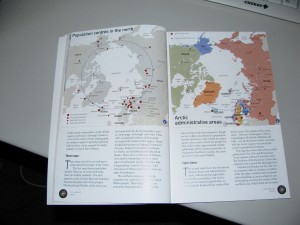
Useful maps and info on the Arctic and its peoples
The European Union Arctic Information Centre (EUAIC) initiative is an international network of 19 leading Arctic research and outreach institutions from the various European Union Members States, and the EEA countries. It was started in 2009 as a professional network of European institutions aiming to provide information, outreach and insight into Arctic issues. The network’s objective is to provide the European Union, its citizens, institutions, companies and member states with a reliable source of information on what is happening in and concerning the Arctic. The EUAIC initiative network aims to “facilitate two-way communication between experts, decision makers, stakeholders and the public”, according to its website.
The initiative is organized as a network, making use of existing expertise and the infrastructures of its members. Its headquarters are located at the Arctic Centre in Rovaniemi. Currently there are nineteen partners. The European Commission selected the consortium to carry out a key one million euro project to produce a “Strategic Environmental Impact Assessment of development of the Arctic”. The project should be completed in 2014 and should make for interesting reading.
Bearing all this in mind, it’s worth keeping an eye on what comes out of the Rovaniemi conference. And I’d recommend the publication, “The Arctic Calls”, ISBN 978-952-281-065-6. It has interesting interview, maps, photos and insight. You can also get it from the Arctic Centre or download an online version.
Let me just finish by quoting from the final pages:
“The images of icebergs drifting out to sea have turned from symbols of freshness to symbols of disappearance. They have become images of a unique world that is undergoing drastic change and is about to lose many of its characteristics.” How right you are.



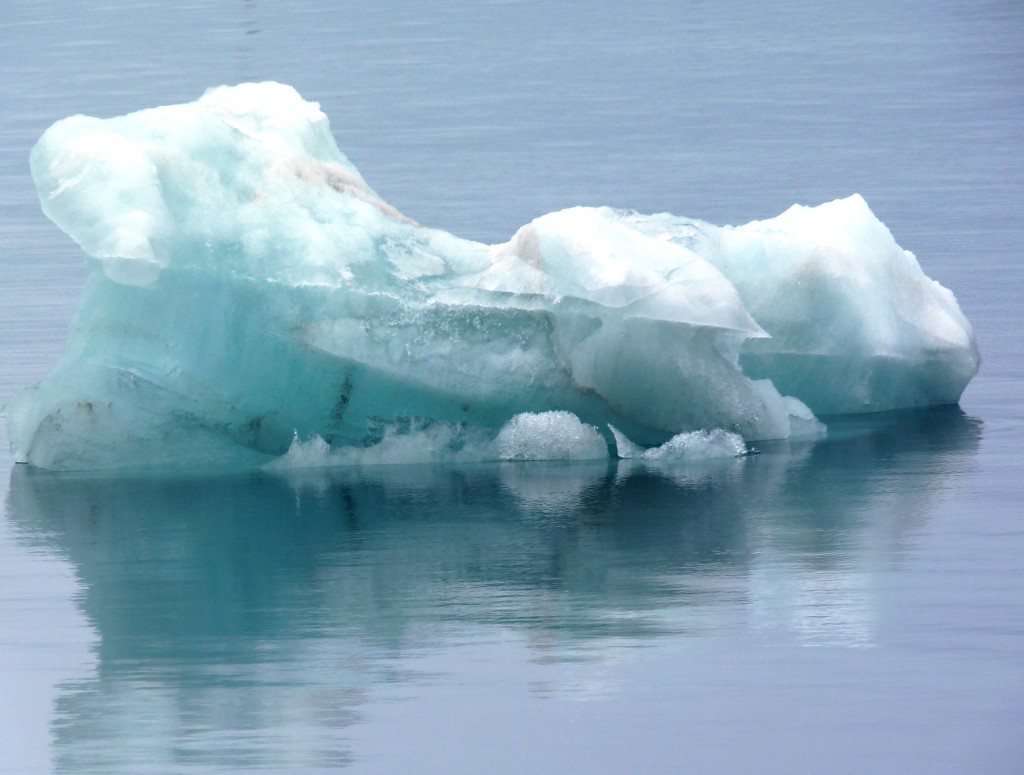
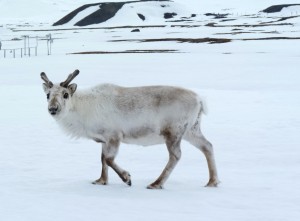


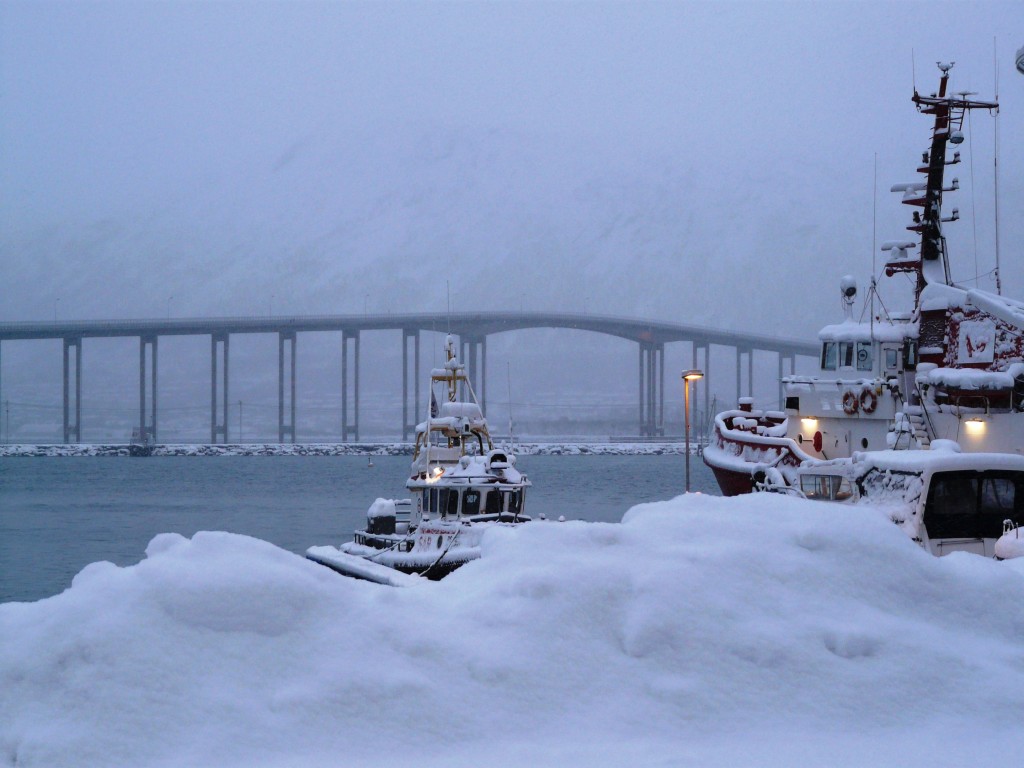
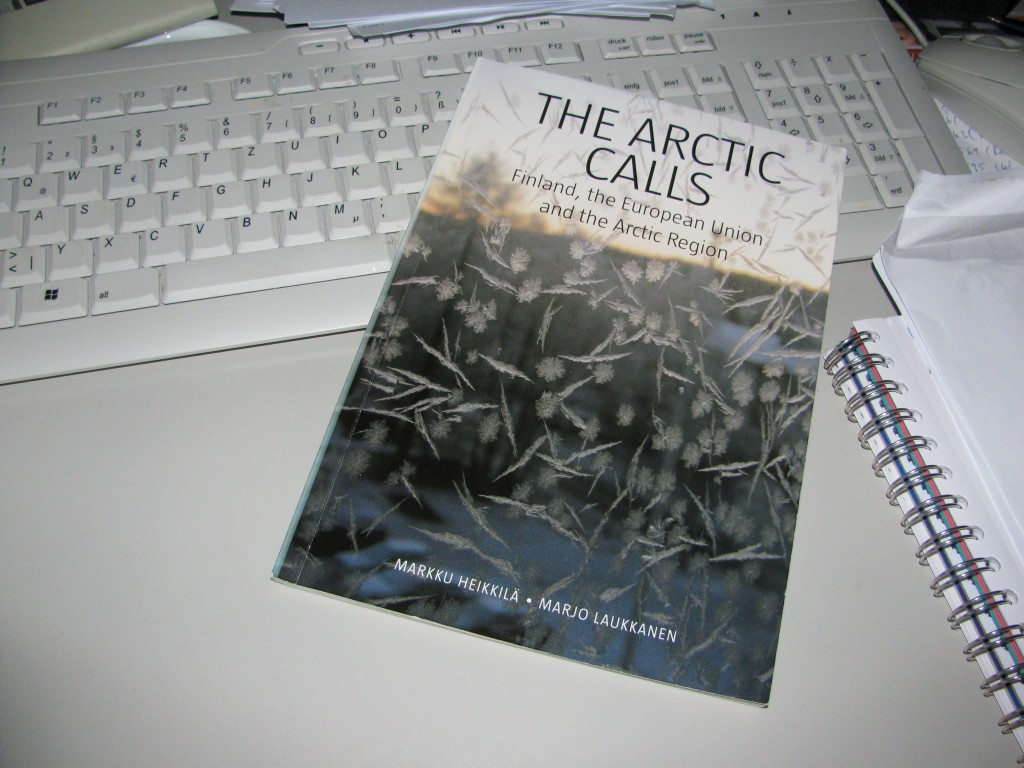












Feedback